Boston History
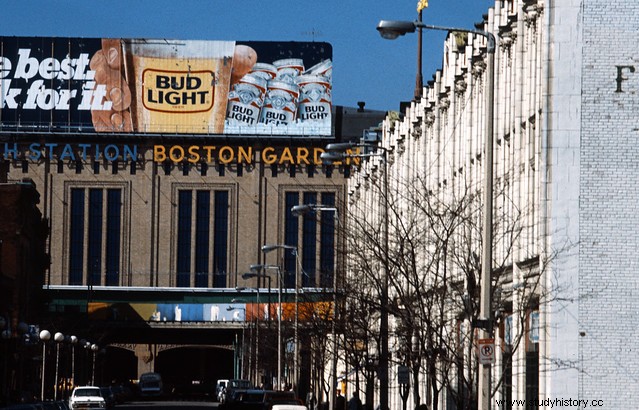
The city of Boston is also known as the Hub City. The city is known as the Hub because it is considered to be the hub of the universe. There are three major downtown areas in the city, Downtown, Back Bay and the Seaport District. Prior to the completion of the Central Artery Project (The Big Dig), the hub was a charming little college town. Big Dig began in 1991. However, it was completed in 2006. Newberry Street was lined with shops and Hanover Street was aligned with cozy little Italian restaurants and pizzerias. In the late 1990s and early 2000s, the city was also in traffic. Besides, it was impossible to leave one part of the city and get to another. The reason was Big Dig. In addition, Big Dig should not last as long as in the city. In addition, it should not cost as much as it ultimately cost the Commonwealth.
Moreover, because Boston was not nearly a fraction of the size of New York, Los Angeles, Chicago or Dallas, the market for the Celtics, Bruins, Red Sox and Patriots was not there. Therefore, the Yankees Major Leagues dominated, the Celtics and Lakers dominated the NBA, and the Dallas Cowboys dominated the NFL. The Boston and New England teams were nowhere near a championship between 1997 and 2000. I grew up in the Greater Boston area. I remember there was a center that was inaccessible. There was also a sports scene that was not mentioned. It was during the Big Dig era. This was during the Post Seaport District of Boston. Boston was only a small university town before urban sprawl and gentrification expanded across the city. In addition, the Boston and New England sports scene would soon open.
Boston was once run by a strong mayor, deputy mayor, city council president, town clerk, city district attorney, bailiff, etc. In 19 th century, the city was run by a two-house city legislator. The Commonwealth and the nation are also run by an elected executive branch and a Bi-Carmel legislator. It was among the ten largest cities in the United States, by population and size. The Port of Boston was one of the largest ports on the eastern shoreline.
Changing Tides in Boston
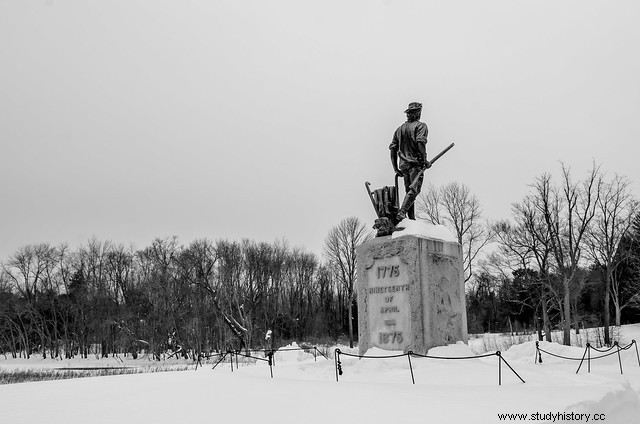
The Great Boston Fire hit the end of 19 th century. Then many of the factories began to relocate to the suburb of Chelsea. Then the maritime industries began to move to the Port of New York and New Jersey in the post-war years. The city and the state then began to fight urban decay with urban development. Many neighborhoods were cleared to make room for gentrification. The process began in 1957, under the administration of Mayor John Hine.
Some of the neighborhoods that were cleared were the West End and Sully Square (Districts 8), the South End (Districts 2 and 7), the East Boston (Districts 1) and the North End and Waterfront area (Districts 1,2, and 8). However, it was not until 1970 that the state government began to replace and re-evaluate the urban renewal design. They decided not to build a highway that would connect the city to the counties in the south. Instead, they decided to redirect the red and orange lines in the Massachusetts transportation system. The transportation system is managed by the Massachusetts Buses and Trains Authority (MBTA).
However, the Boston School Integration program and its violent setbacks erupted in 1974. Suddenly, South Boston, Charlestown, East Boston, Roxbury, and Dorchester became violent hotbeds. In addition, Boston would enter a very gloomy period with its local city, county and state history. It would not be until the second anniversary of the celebration of American history took place in 1976. At that moment, the city and its suburbs would appear on the return. More so, the Massachusetts Miracle would hit in 1979. At the same time, Governor Ed King's administration reduced taxes in the Bay State and businesses began moving to the region. The Boston Miracle would then appear in the following decade of the 1990s.
Statewide Crimewave in Massachusetts
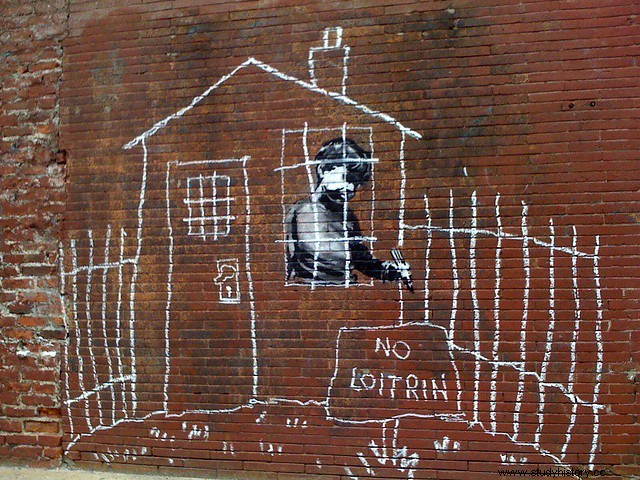
In the late 1970s and early 1980s, however, the Commonwealth of Massachusetts moved politically toward the far left. For Governor Michael Dukakis' administration, U.S. Senators Ted Kennedy and John Kerry, and U.S. House Speaker Tip O'Neil (all from Massachusetts, respectively), the Commonwealth began to move to the radical and progressive left because of that nuclear movement. A nuclear power plant in Plymouth County (South Shore of Massachusetts) was shut down. Another nuclear power plant built in Seabrook, New Hampshire (near Massachusetts) was stopped abruptly.
At the same time, a state crime wave was unleashed by an Irish American street gang from the Lower End of South Boston. The area of Massachusetts is called the Dublin of America. The leader of the street gang (Whitey Bulger) was the older brother of Massachusetts Senate President Billy Bulger. In Boston, all roads connected and led to the tallest ivy-covered towers in Beacon Hil. However, the lowest alleys in South Boston, or Southie to the locals.
Corruption in Massachusetts
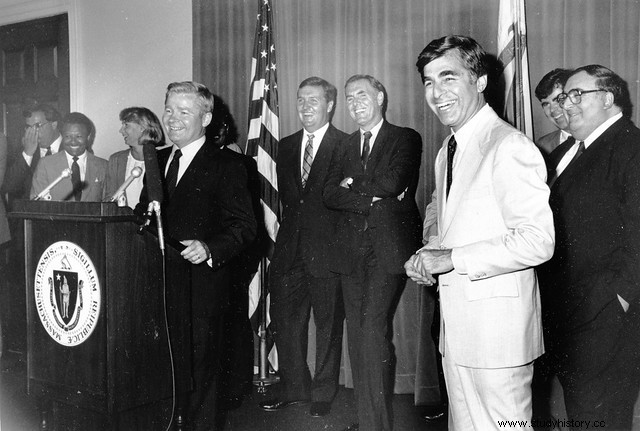
In any case, the 1970s and 80s were a very dark time for Bay State. However, corruption, crime and the urban shadow did not remain only in the inner city. Usually it traveled to the suburbs after urban sprawl. I grew up in Revere and I kept hearing stories about the city in the period after the Great Blizzard in 1978. When the blizzard took down 85 percent of the city, such as Revere Beach (Ward 5), Shirley Ave (Ward 2), Beach Mont and Winthrop Shores (Ward 1), Lower Revere Street or St. Anthony 'in the Padua Parish area (the lower end of Ward 3). Most of the city was under water. The city was then drained. Therefore, the area will become a national disaster zone. It will remain so for most people in the late 1970s and early 1980s.
The east side of the city, or the beach, and the surrounding congregations, districts, and neighborhoods were then rebuilt. The rides were replaced with high-rise buildings and apartment blocks. They opened in 1989. However, the local economy collapsed in the late 1980s. Therefore, only a few apartments were sold. Other units were converted into section 8 homes. In addition, the rest remained vacant for the rest of the 1980s and 90s.
The old Revere Theater in Downtown Revere, a few towns blocks down from the beach, was demolished and replaced with The Broadway Towers (250 Broadway). 250 Broadway would be a source of section 8 housing units. It also opened in the city under the administration of the second mayor, George V. Colella, and the administration of the other governor, Dukakis.
Childhood in Revere
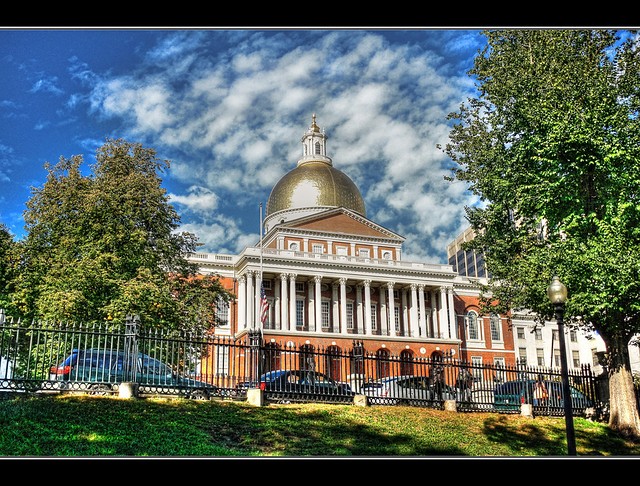
I grew up in the late 1990s, ten years after the crash in 1989, and I remember the towns of Revere, Malden, Somerville and other places where they were financially colored. It was a very gloomy time for the intermediate suburbs of Boston. The two shopping malls in Chelsea, North Gate Shopping Center in Revere, Assembly Square Mall in Somerville and Square One Mall in Saugus were quickly abandoned if they had not been abandoned in many years then. The intermediate suburbs of Boston needed a miracle, and they needed a permanent one, much like New York City in the 1960s and 1970s.
It was difficult to know whether the gloomy 1970s and 80s ever ended in the Greater Boston area judging by the first ring suburbs of the city in the late 1990s. The center was blocked with traffic due to Big Dig. The post-war suburbs of the city were also dying, and all four professional sports teams in the city were virtually irrelevant to the rest of the county. The only sports venue in the city that still flourished at that time was Suffolk Down in East Boston, which hosted concerts again for the first time in decades in the summer of 1999.
The History of Political Corruption in Massachusetts
However, the Greater Boston area was never a stranger to corruption and shady business deals. Wikipedia reported that Massachusetts Senate Majority Leader Joseph DiCarlo of Revere in the 1970s was charged with blackmailing the contractor. The contractor built UMASS Boston in Columbia Point. DiCarlo chaired a special committee that investigated the contractor. The company is said to have been linked to setbacks and bribes. It was also sent to the City of Boston and the Commonwealth of Massachusetts.
Wikipedia then reported that at about the same time, the mayor approved the Bill Reinstein administration from the Revere bribes and setbacks from the construction of the second Revere High School project. However, Reinstein was acquitted of all charges. In any case, DiCarlo was then convicted and imprisoned.
In the early 1990s, Pastor Colella was indicted for accepting a transplant. However, his charges were acquitted. Wikipedia also reported that US Congressman from Massachusetts Nicholas J. Mavroules was convicted. In return, he pleaded guilty to 15 of 17 charges of extortion, bribery and crime in 1993 and was sentenced to 15 months in prison.
Corruption, crime, extortion and crime were ancient traditions in the Greater Boston area that were passed down from father to son. In addition, it was passed on through the generations. The unions were very powerful in the Commonwealth, and so were the politicians who were their negotiators. The democratic political machine in Massachusetts had a lot of power. In addition, the Senate President and the House Speaker controlled the machine. The governor and lieutenant governor were generally Republicans and happy. The question that remains is whether the machine drove the cruel and crime-ridden streets or drove the streets the machine.
That's why I remember a Bay State in two classes. One for the elite, and the other for everyone else. Our site saw the grid locked traffic and an inaccessible center. The elite saw a world-class city that was envious of the eastern seafront. It was clear that there were two cities in Boston, and there were two states in Massachusetts. Then Big Dig finally ended, long after the plan.
The Seaport District was created after Big Dig was completed in 2006. The city then began to expand. Assembly Row was created in Sommerville, Station Landing was created in Medford, and Encore Boston Harbor was a resort and casino built in Evert. The casino was built after casino gaming was finally legalized in Massachusetts in 2011.
Future of Suffolk Downs, or Beach Mont Innovation Center
Suffolk Down was acquired by the Hymn real estate group in 2017. It then ceased to exist as a racetrack after it was announced that Wynn Casino would be awarded the casino license. Suffolk Downs would not receive the license. The new development will be converted into an area that will be anchored by an innovation center on the Beach Mont / Revere side of the former track. On the contrary, the property was anchored by the racetrack that was on the East Boston / Boston property from 1935-2017, in a previous life on the site. Also a major development is moving into the Haverhill, Lawrence and Methuen area in the form of River Walk Properties under the helm of the Lupoli brothers, who are two local entrepreneurs in the area.
Socialism and an unpredictable future
However, not everything is good. Due to the rise of socialism and inflation in the state, Greater Boston, MA, Worcester, MA, Providence, RI and Manchester, the NH area in southern New England, and the rest of the Northeast and the United States at hand, the nation's future and capitalism itself see very unpredictable. If socialism and inflation are to continue to rise in the free world, what will the future hold? Not only for freedom and peace in the Middle East, but for capitalism and the free market society. As for the local area, what will happen to downtown Boston, the major developments moving into Revere, Chelsea and Lawrence, the casinos in the Evert, Plain Ridge and Greater Springfield area and the high-tech corridor built by MIT at Mass. Ave in Cambridge to Assembly Row in Sommerville, via the Orange line.
What will become of the peace, wealth and prosperity that have moved into the Greater Boston area since the late 1970s and early 1980s, which began after the Anti-Boston Busing Crisis. Will the city and the Commonwealth plunge into the dark 1970s, with the long gas lines and inflation, or will it survive as it has many times. The future is very unpredictable, and from the current angle no one knows what will happen. If the Commonwealth wants to see a wave of crime like the 1980s for the Dukakis administration, or if it wants to survive and see another Massachusetts, or Boston, then Miracle did it in the 1980s and again in the 1990s. In the end, Bay State is not only unpredictable, but the whole future will always be uncertain
